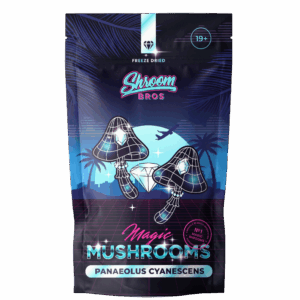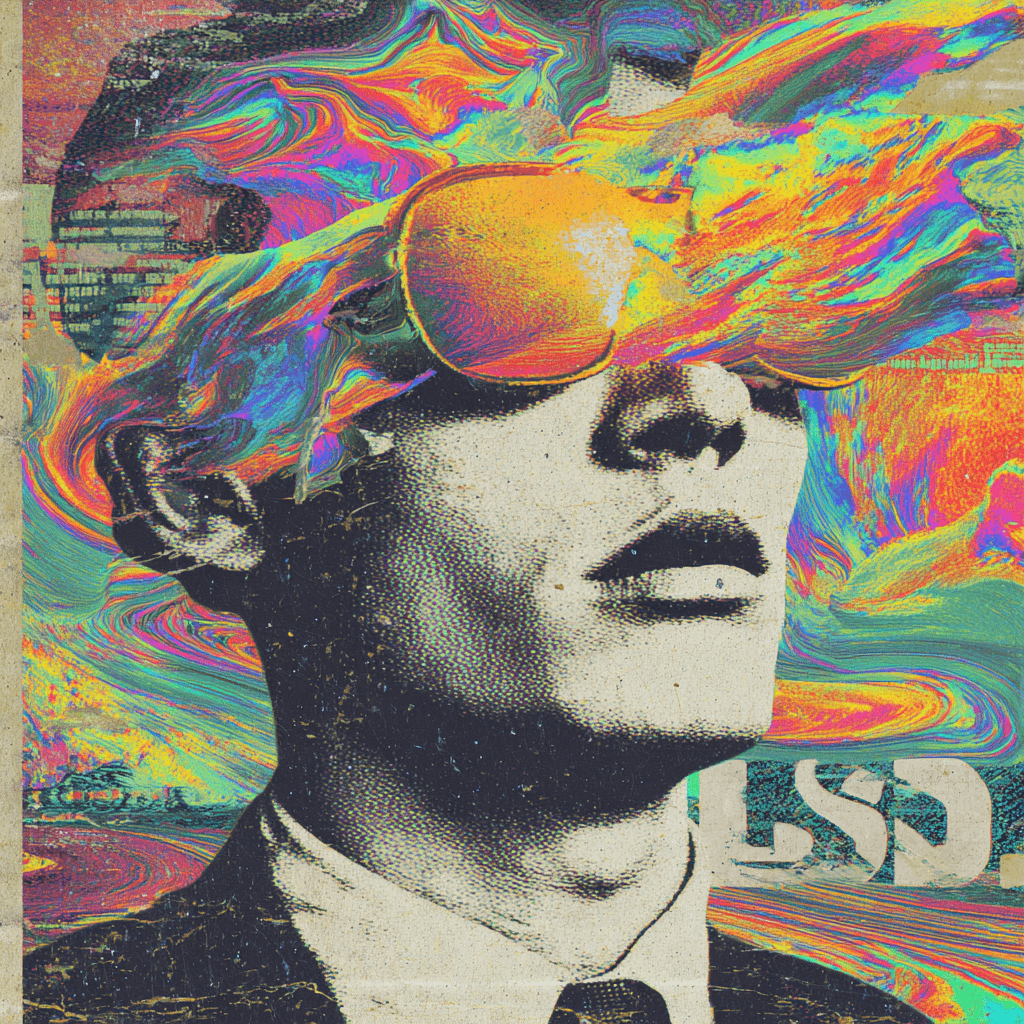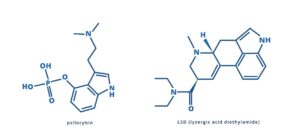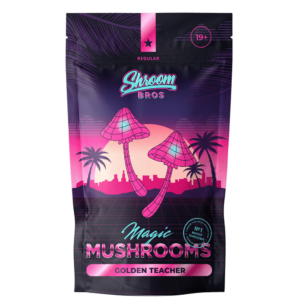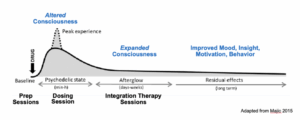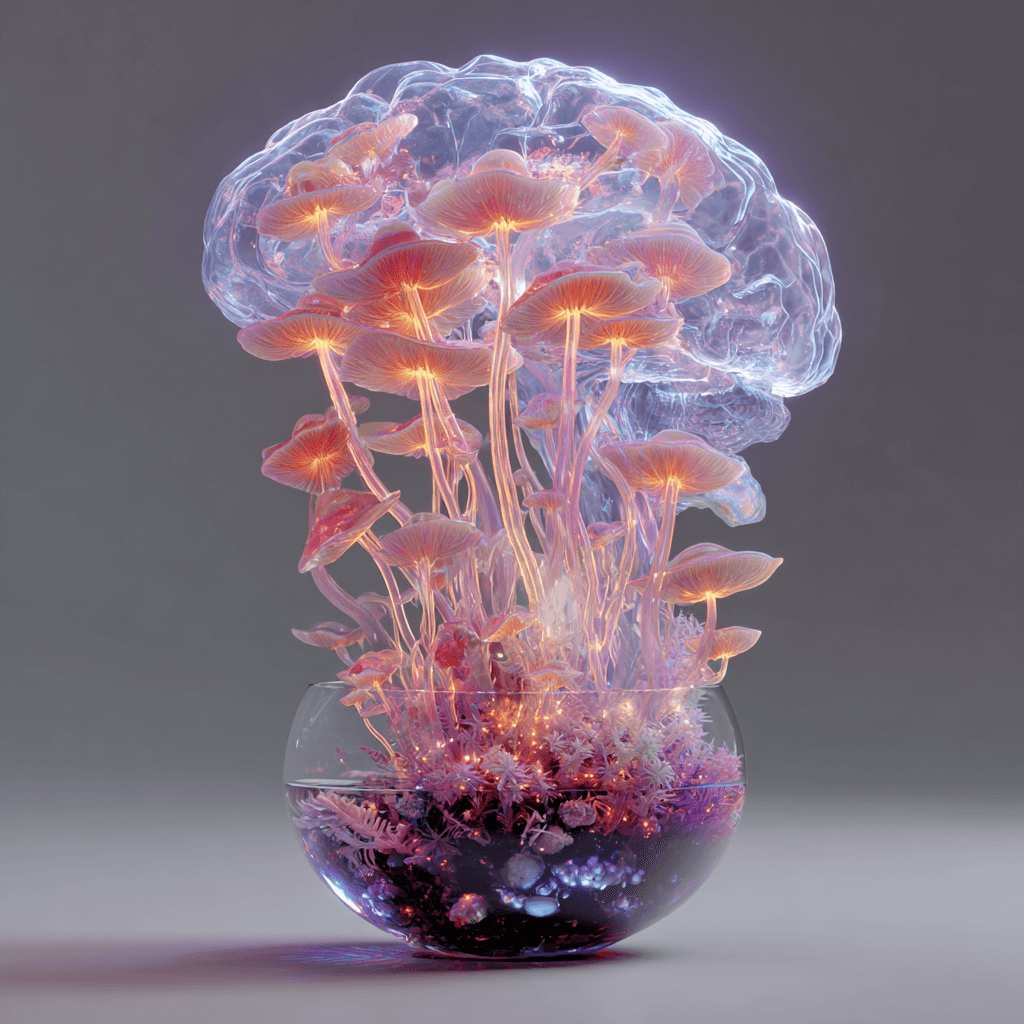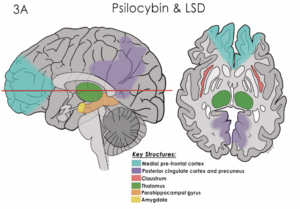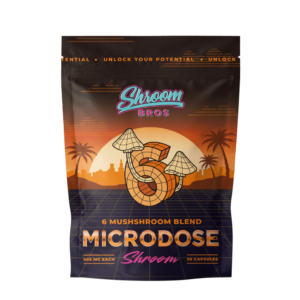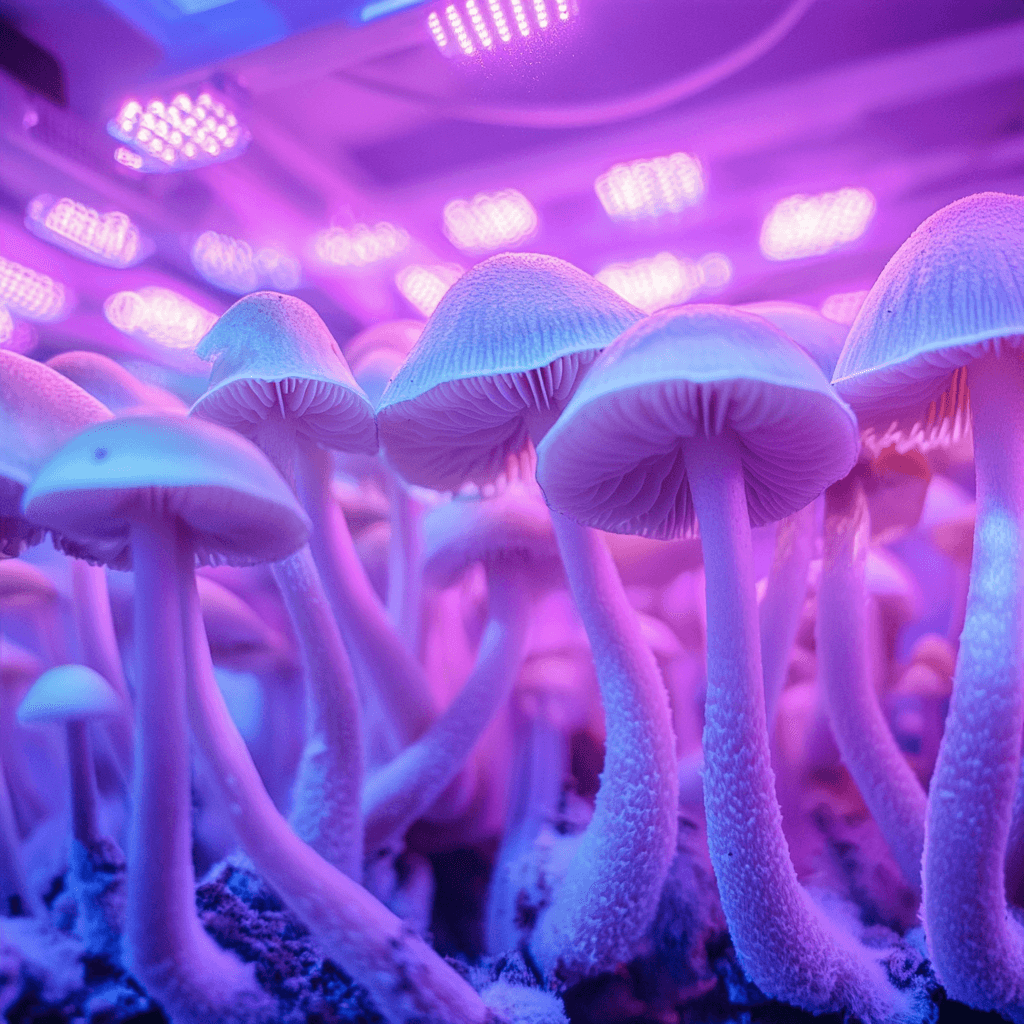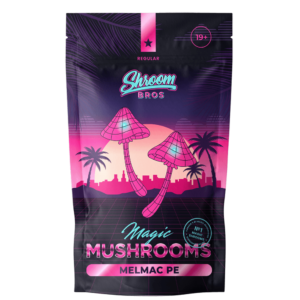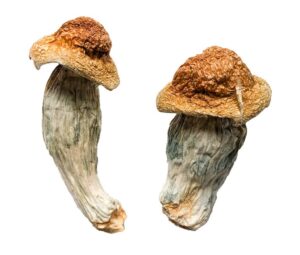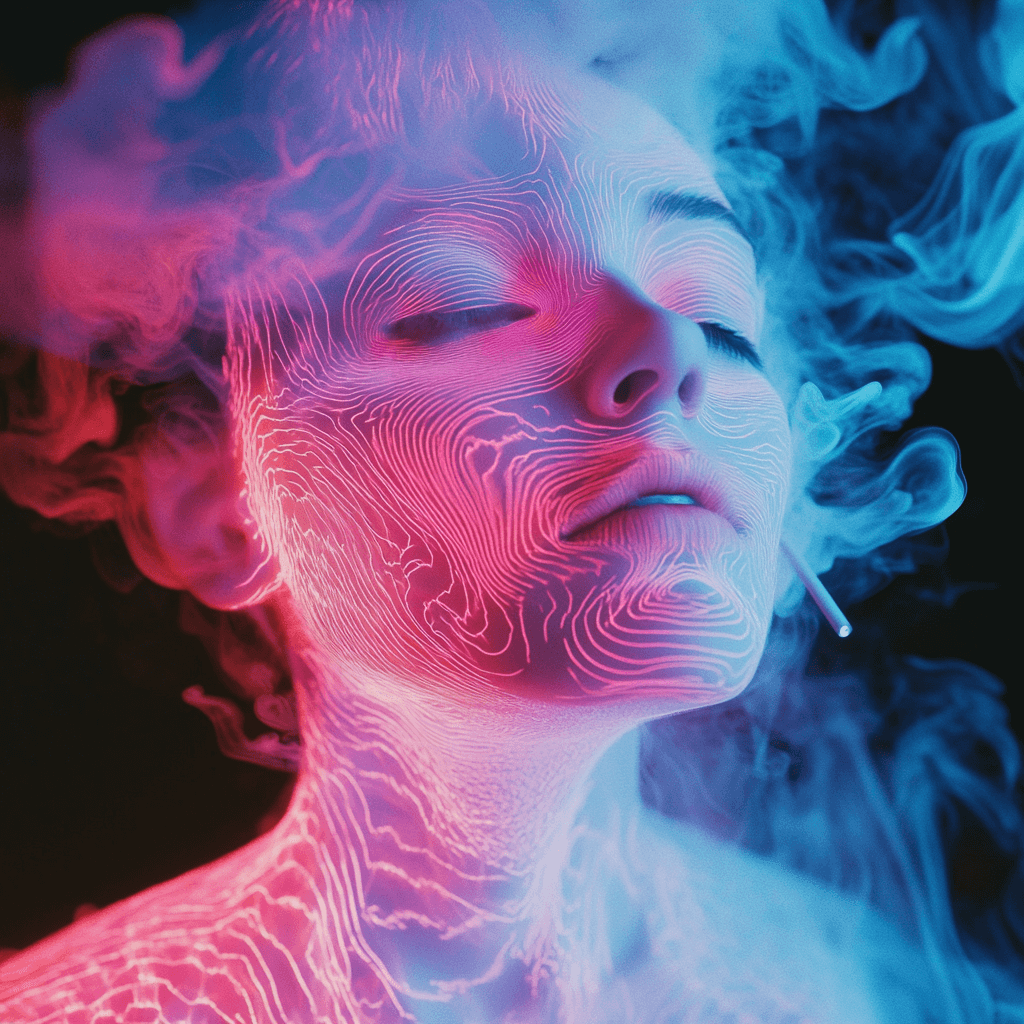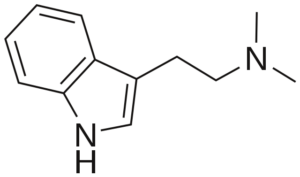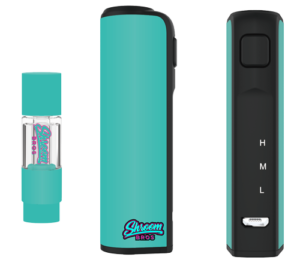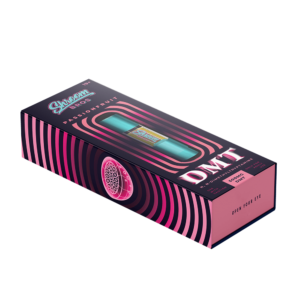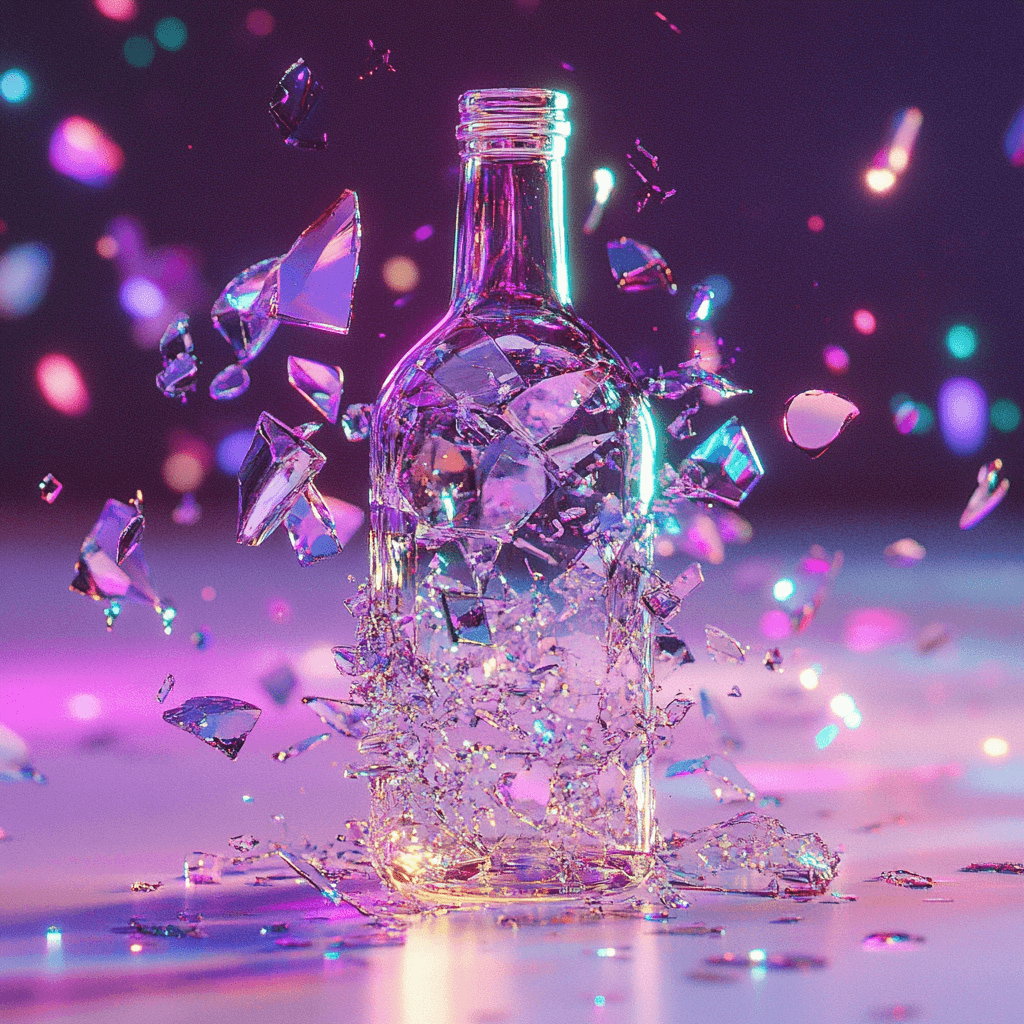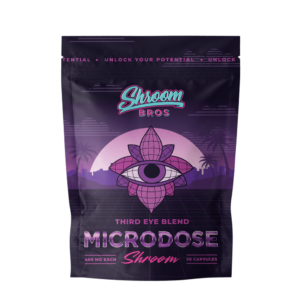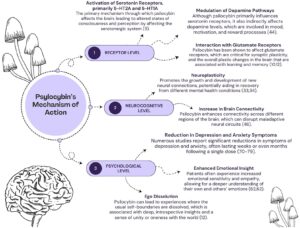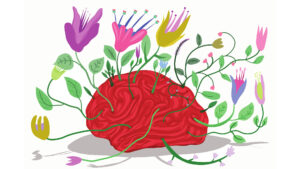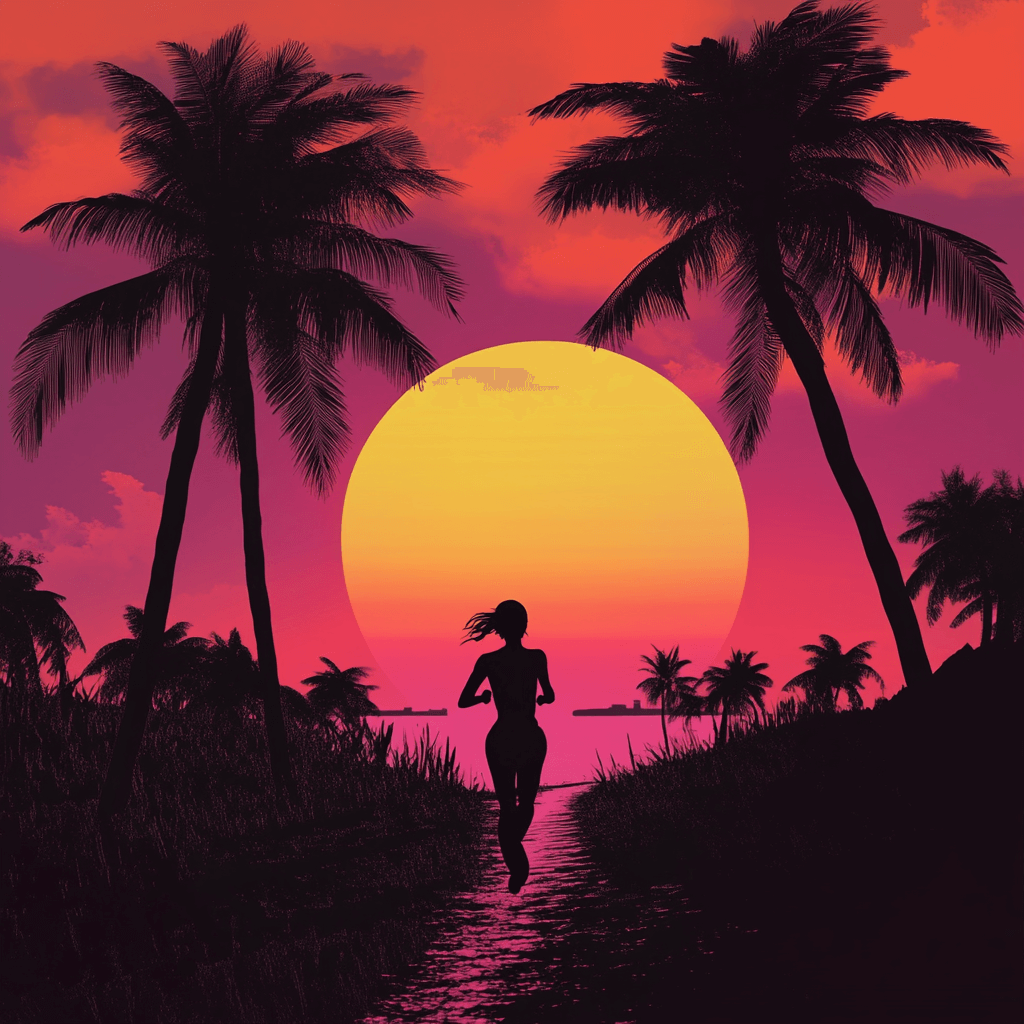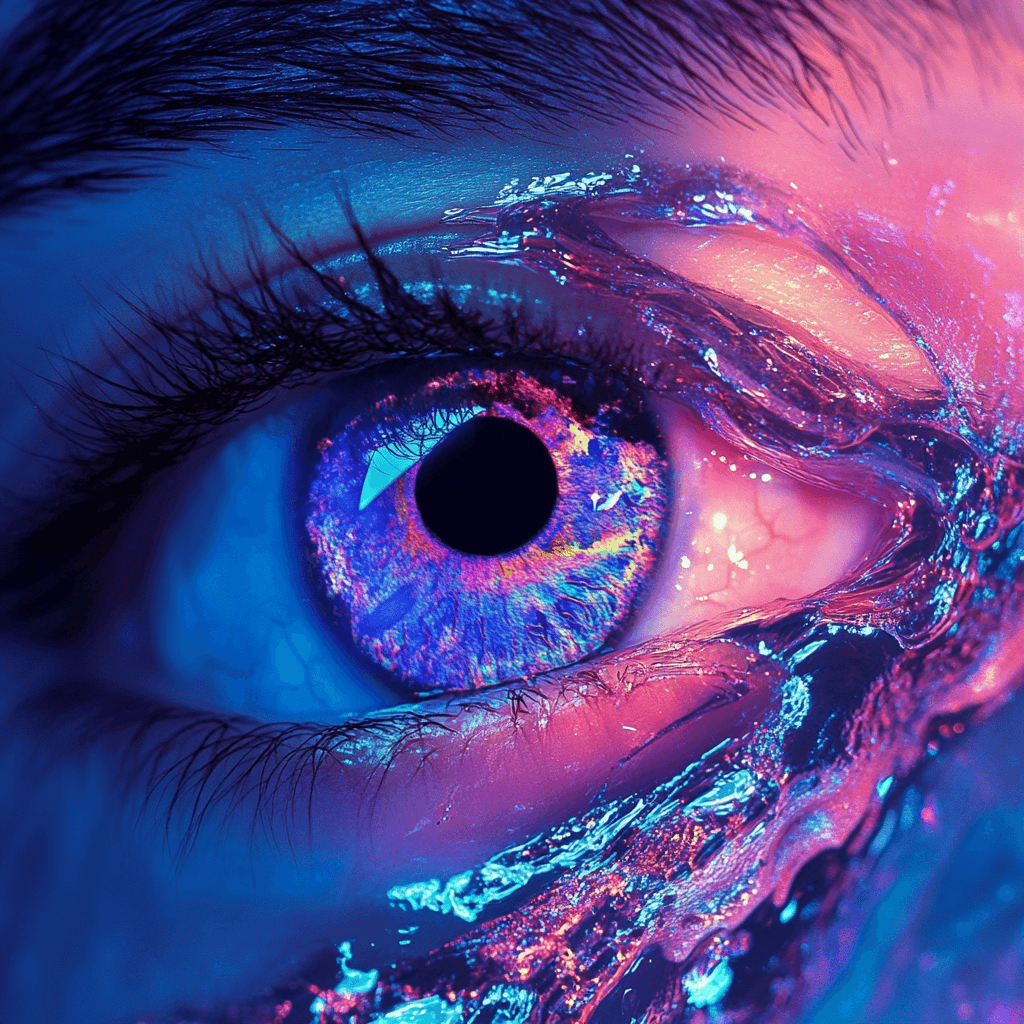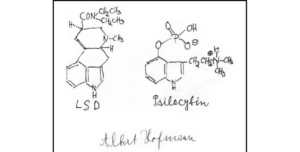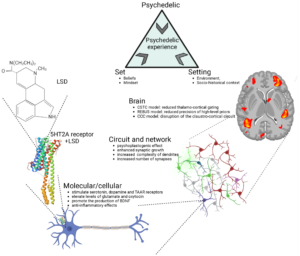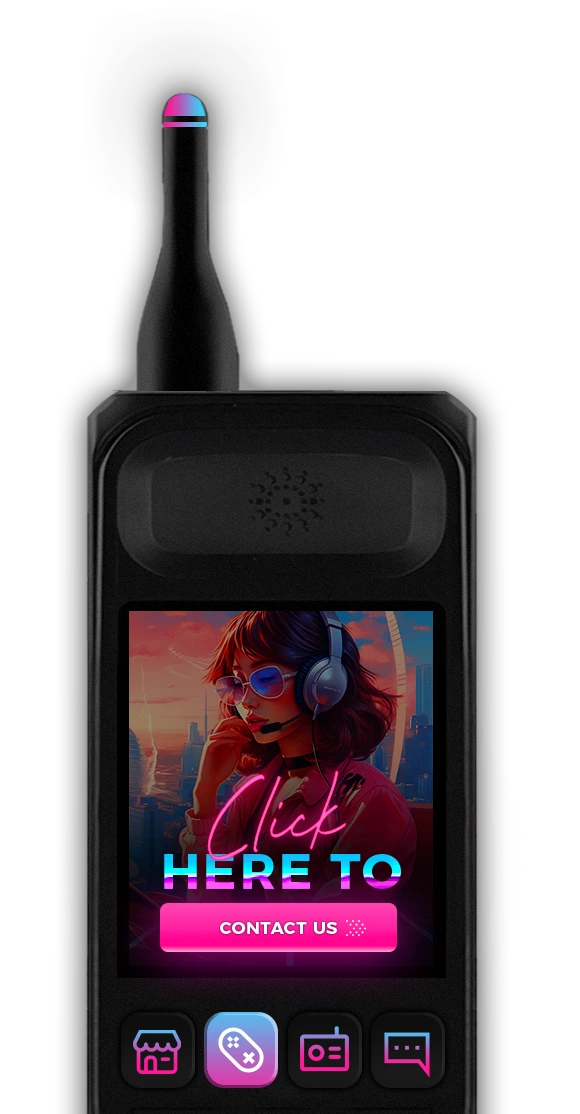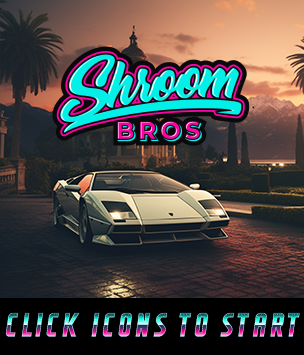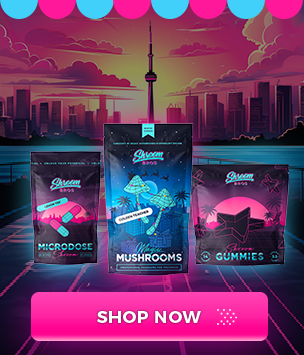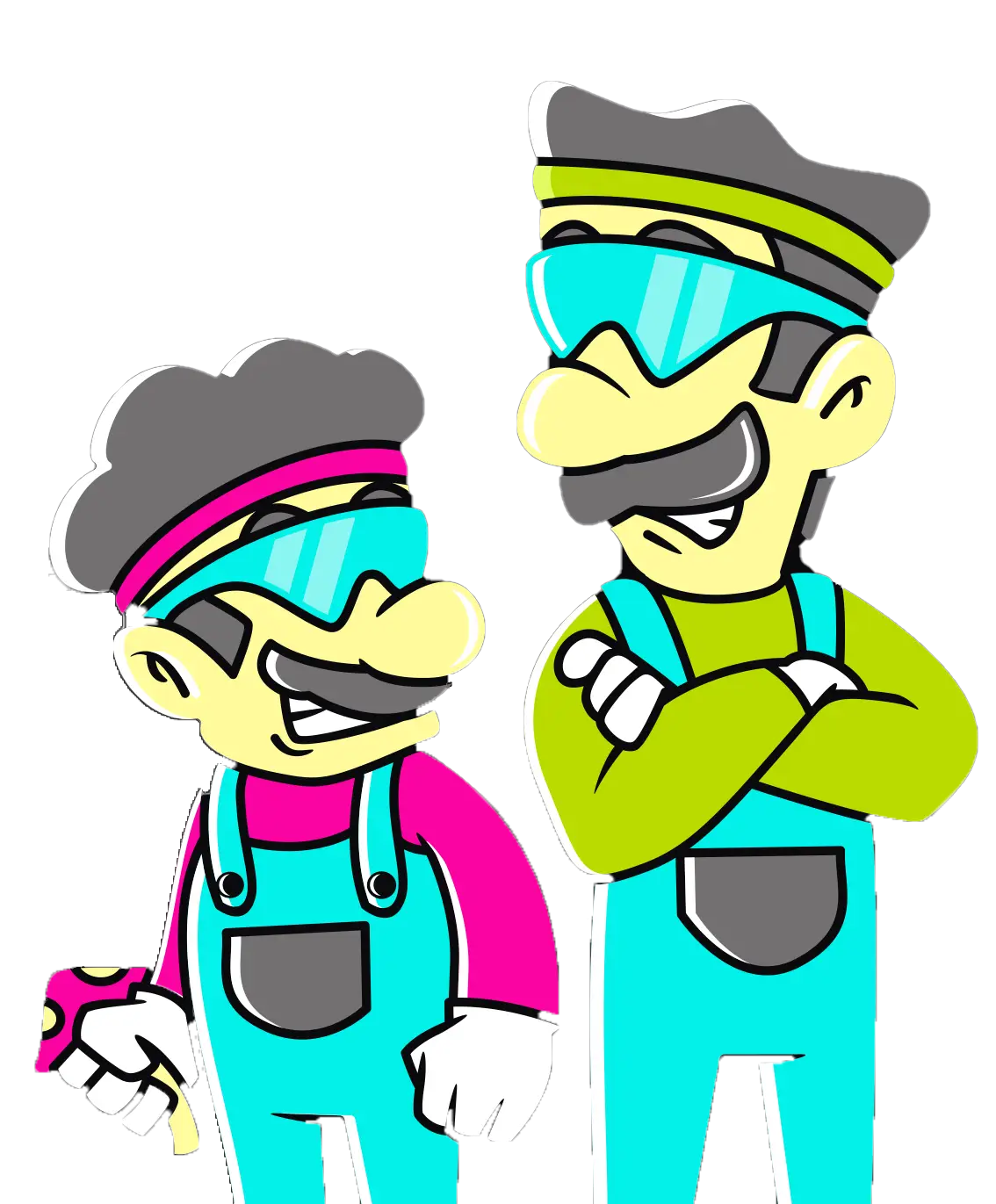Introduction: Why LSD Form Matters
LSD, or Lysergic acid diethylamide, is a powerful psychedelic substance that can dramatically alter consciousness, perception, and mood. While the chemical itself remains the same regardless of form, how it’s prepared and consumed significantly influences the experience. Two of the most common formats of LSD are blotter paper and liquid. Understanding the differences between these forms isn’t just a technical detail—it plays a central role in how individuals approach dosing, safety, and storage. Whether for research, therapeutic curiosity, or harm reduction, knowing how liquid LSD compares to blotter LSD is essential for responsible handling.
How LSD Works in the Brain
When LSD enters the body, it primarily interacts with serotonin receptors, specifically the 5-HT2A receptors in the brain. This interaction disrupts the usual flow of sensory and emotional information, leading to a wide range of effects. These can include vivid sensory enhancement, changes in how time feels, and profound shifts in thought and emotion. In higher doses, LSD may produce visual hallucinations and experiences of ego dissolution, where the boundaries between self and world begin to blur.
Because LSD is active at incredibly small doses—often measured in micrograms—even slight inaccuracies in dosing can lead to unexpectedly intense experiences. This is where the form of LSD becomes a critical factor. The way LSD is prepared and consumed has a direct impact on how reliably and safely it can be dosed.
What Is Blotter LSD?
Blotter LSD is the most widely recognized and iconic form of LSD. It consists of small, absorbent squares of paper that have been infused with an LSD solution. These are typically perforated for easy tearing and designed to deliver a single dose per square. Users usually place the blotter under the tongue or on the tongue, allowing the LSD to be absorbed through the mucous membranes.
Blotter paper is convenient because it comes pre-dosed and requires no measuring or special equipment. For many, it’s a preferred choice due to its simplicity. However, this form isn’t without its challenges. LSD is highly sensitive to environmental conditions—especially light, heat, and moisture. Over time, exposure to these elements can degrade the active compound. Proper storage becomes vital to preserving the integrity of the dose.
Furthermore, not all blotter LSD is created equally. Professional-grade blotters are carefully prepared with consistent dosing, but homemade or poorly handled blotters can be uneven. Some squares may contain significantly more or less LSD than others, making them unpredictable. For anyone aiming for precise effects or using LSD in a structured setting, this lack of consistency can be problematic.
What Is Liquid LSD?
Liquid LSD is LSD dissolved in a liquid medium—commonly distilled water or alcohol. It’s typically stored in small dropper bottles that allow for careful measurement. One of the most appealing aspects of liquid LSD is its flexibility. Unlike blotters, which are locked into preset doses, liquid LSD can be measured in smaller or larger amounts depending on individual needs. This makes it particularly useful for microdosing protocols or research applications where dosage precision is key.
However, this flexibility also introduces risk. Unless the dropper is calibrated, drop sizes can vary, and without knowing the exact concentration of LSD in the solution, it’s easy to misjudge the amount being taken. A slightly larger drop or a change in dropper tip can mean the difference between a manageable experience and an overwhelming one.
Storage is another strength of liquid LSD. When properly stored in a cool, dark environment—especially in ethanol and in amber glass bottles—liquid LSD tends to remain stable longer than blotter. It’s less vulnerable to environmental degradation, making it a more reliable option for long-term use.
Despite its advantages, liquid LSD requires more careful handling and labeling. Spills, mislabeling, or mistaken concentrations can lead to serious dosing errors. For this reason, it’s better suited to experienced users or those working in controlled environments.
Key Differences Between Liquid and Blotter LSD
While both forms ultimately deliver the same active compound, the route of administration and format change the user experience in several practical ways.
One major distinction is dosing accuracy. Blotters offer consistent dosing—provided they are professionally made—but they don’t allow for much flexibility. Liquid LSD, on the other hand, offers infinite gradation but demands careful measurement to ensure safety.
Storage is another key factor. Blotters are easy to carry and discreet but degrade quickly if not stored correctly. Liquid LSD, especially when dissolved in alcohol and kept away from light and heat, can maintain potency for extended periods. This makes it ideal for those who need long-term reliability.
Ease of use is another consideration. Blotters are simple: place it on the tongue and wait. Liquid LSD requires more prep and care. It must be shaken to ensure even distribution, carefully measured, and ideally labeled with concentration information to avoid errors.
Then there’s the issue of discretion. Blotters are almost invisible in everyday contexts—small, lightweight, and easy to hide. Liquid LSD, with its dropper bottles and need for precise application, is harder to use without preparation. It’s also easier to spill or misplace.

Is Liquid LSD Stronger Than Blotter?
A common myth is that liquid LSD is inherently stronger or more powerful than blotter LSD. In reality, the strength of either form comes down to one factor: dosage. A 100 microgram dose of LSD is equally potent whether it’s taken as a drop of liquid or as a blotter tab.
However, there are a few reasons why people might perceive liquid LSD as stronger. First, liquid can be absorbed slightly faster through the mouth lining, leading to a quicker onset. Second, because droppers aren’t always accurate and concentrations vary, users may accidentally take more than they intend. Lastly, freshly prepared liquid LSD tends to retain its potency better than blotters that have been stored improperly or for long periods.
These factors contribute to the impression that liquid LSD is more intense, but scientifically, it all comes back to how much of the active compound is present in a given dose. There is no inherent difference in how the LSD molecule behaves in the body based on its form.
Safety and Harm Reduction
No matter what form LSD comes in, harm reduction is critical. Because of its potency, mistakes in dosing or storage can have serious effects. Both forms require careful handling, but the challenges are different.
For blotters, the key is storage. Keep them in an airtight, dark container, preferably in the freezer. Exposure to light, heat, or moisture can quickly degrade the substance and reduce its effectiveness. Always be cautious with sourcing and avoid blotters that look tampered with or inconsistent in color and shape.
For liquid LSD, measurement is everything. Using a dropper without knowing the concentration of the liquid is a recipe for misdosing. Calibrated pipettes or pre-measured microdosing bottles are better options. It’s also vital to label bottles clearly—include the solvent used, date of preparation, and estimated concentration. Always shake the bottle gently before use to ensure the LSD is evenly distributed in the liquid.
Regardless of form, LSD should never be mixed with other substances unless you understand the interactions. Alcohol, stimulants, and other psychedelics can amplify or confuse the experience. Having a sober sitter—someone trusted and calm who isn’t under the influence—is always a good idea, especially with unfamiliar doses or environments.
Finally, it’s essential to test the substance. Ehrlich reagent test kits can confirm whether a sample contains LSD or something else entirely. Many substances sold as LSD—especially on blotter—are actually different compounds that may carry higher risks.
Final Thoughts: Which Form Is Better?
Choosing between liquid and blotter LSD depends on your goals, experience level, and comfort with handling psychedelic substances. Neither is objectively better. Each has strengths and weaknesses that make it more or less suitable depending on the situation.
Blotter LSD is the go-to for simplicity and convenience. It’s discreet, easy to dose (when sourced well), and requires no special tools. If you want something straightforward and low-maintenance, blotters are hard to beat.
Liquid LSD is the better choice when flexibility and precision are priorities. It’s ideal for microdosing, titrating to a specific dose, or long-term storage. But it also demands more responsibility. If you’re confident in your ability to measure and store it properly, liquid LSD can be a highly effective format.
In the end, what matters most is not which form you choose, but how you approach it. Respect the substance, educate yourself, and take every precaution to ensure a safe and intentional experience.
Buy The Best LSD Online Right To Your Doorstep in Canada (19+)
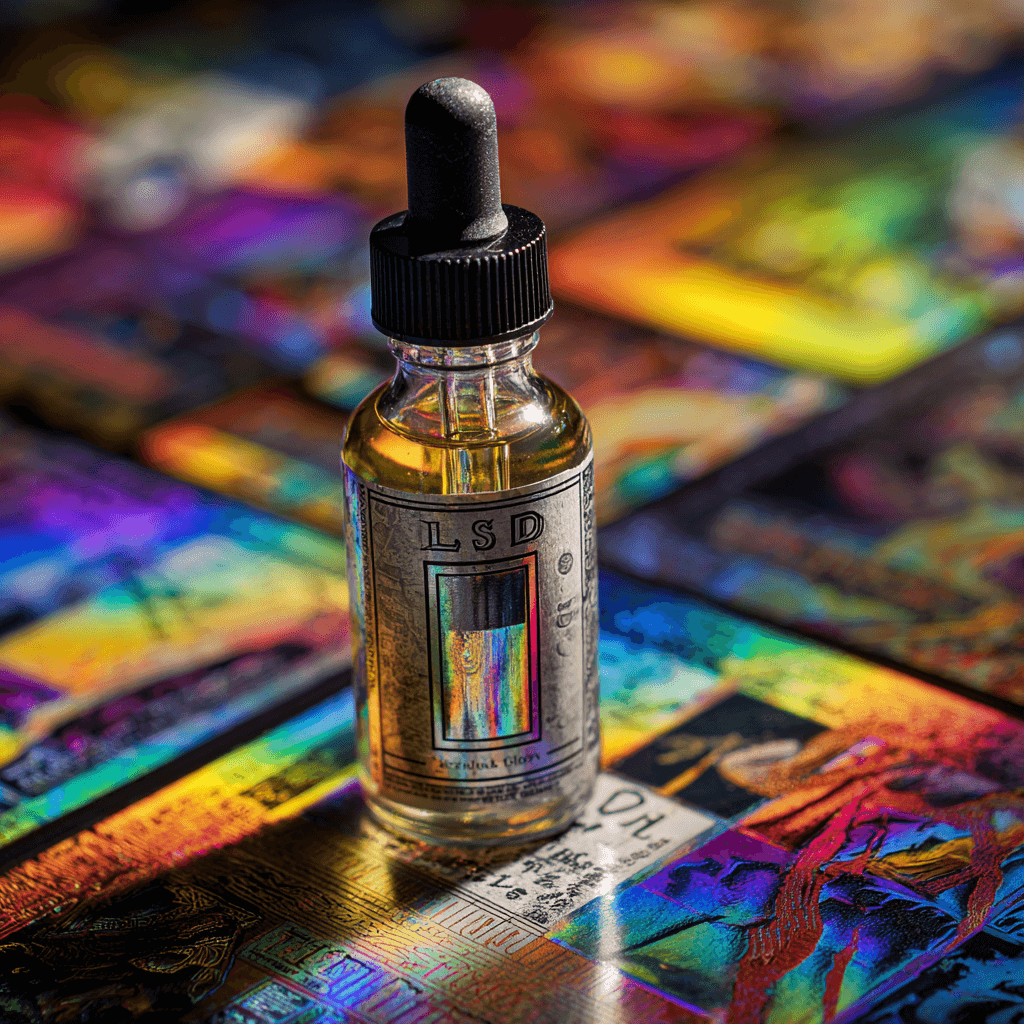
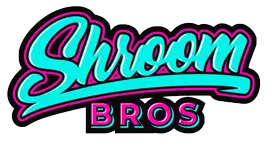
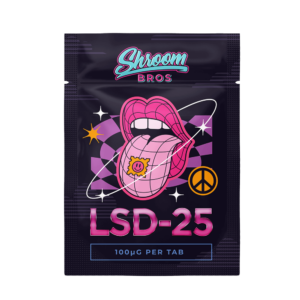
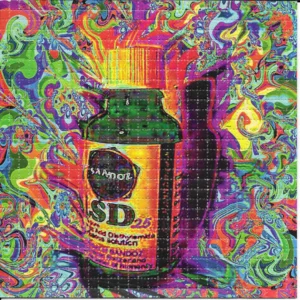
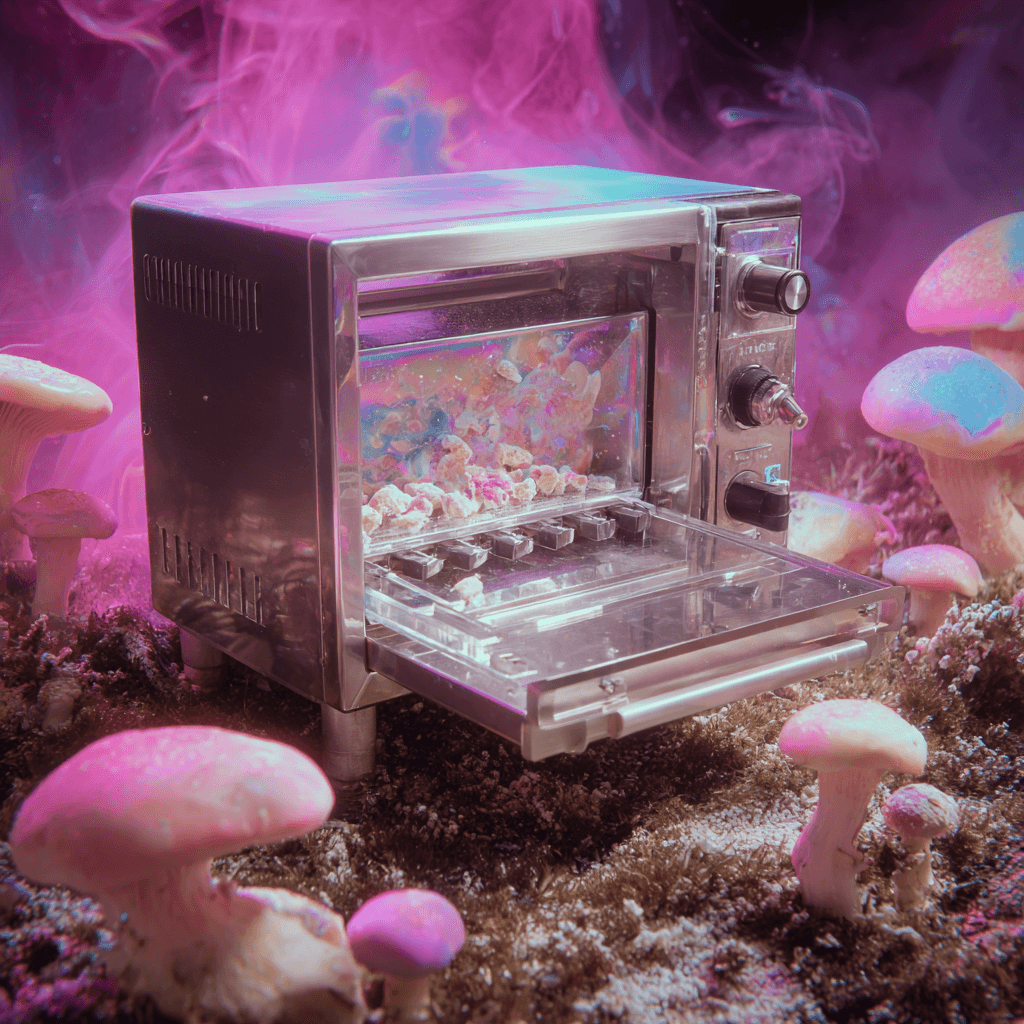
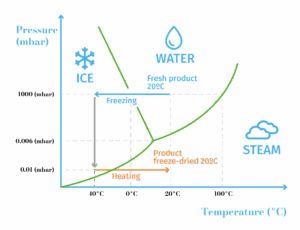
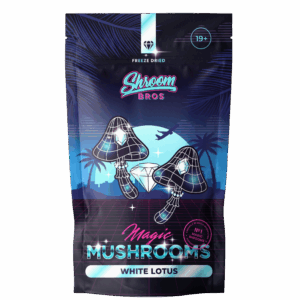
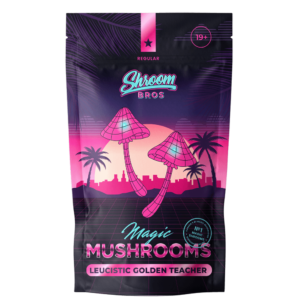
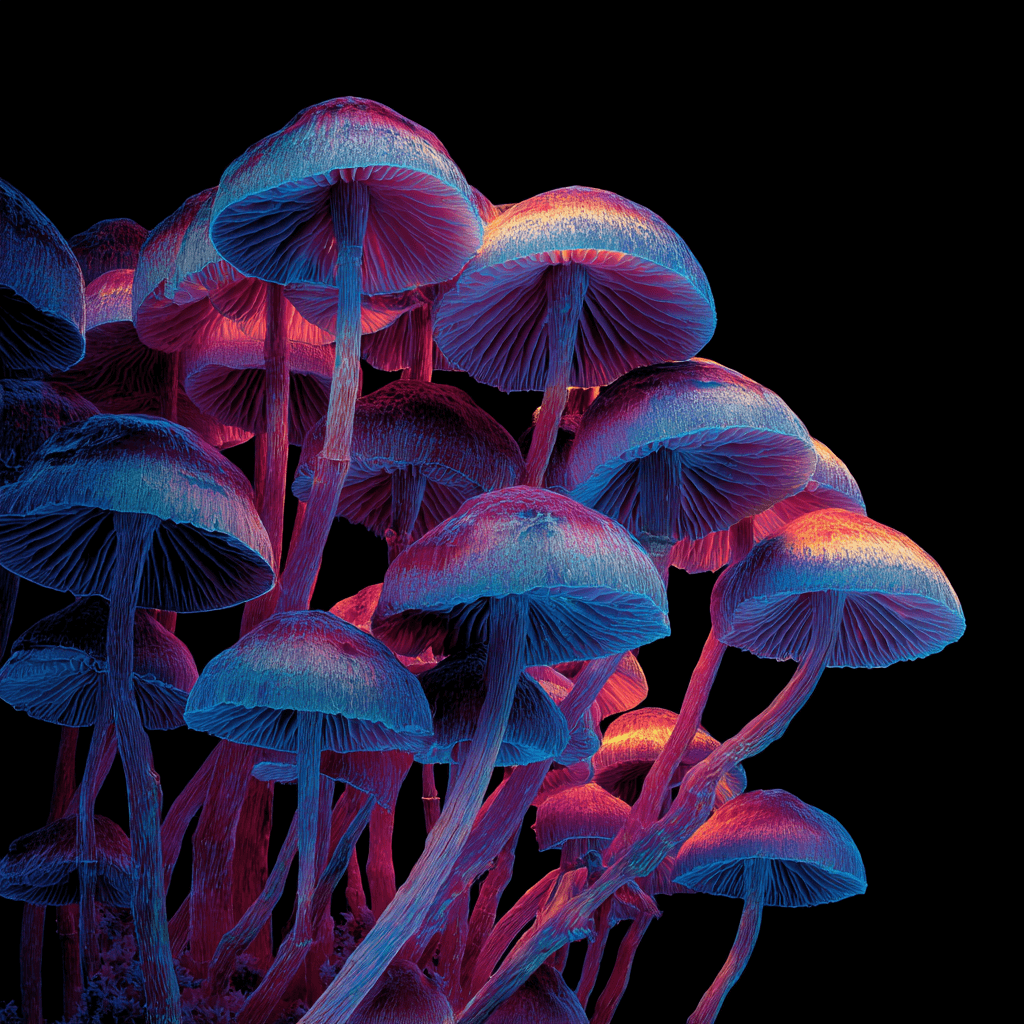
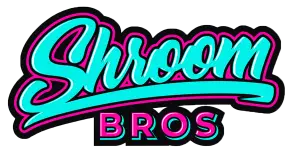
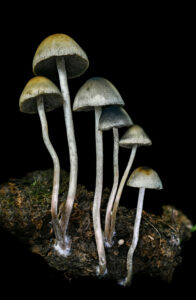 A Brief History of Panaeolus cyanescens
A Brief History of Panaeolus cyanescens